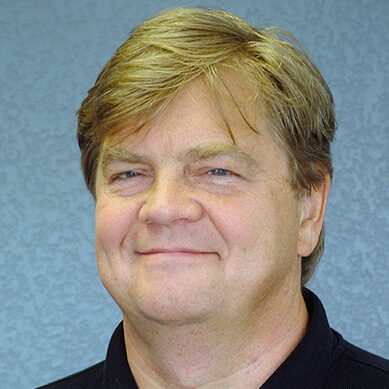Fyodor Dostoevsky was facing a firing squad. He quietly counted the last moments of his life. Dostoevsky, a believer in Jesus, is considered one of the greatest writers in all of literature. His monumental novel, The Brothers Karamazov, explored themes about God, life, and death. It was said of Dostoevsky, “He spoke about Christ ecstatically.” The rifles raised. “Ready! . . . Aim . . .”
Jesus, alluding to His own execution, speaks to His disciples and to us of the eternal value of life and death when He said, “The hour has come” (John 12:23). The image is a seed (our life), which produces a great harvest through its own sacrifice (v. 24). Jesus tells us not to love this life too much, for it is those who are willing to sacrifice this present life who will find “eternal life” (v. 25).
These are hard words—we cherish our life on earth. But Jesus is saying that being His disciple requires sacrifice. We’re counseled to hold life loosely, to embrace the joy of the life to come, and to find our hope in His words, “My Father will honor the one who serves me” (v. 26).
Fyodor looked death in the face. But a letter from the Czar was delivered at the last second. A reprieve. Dostoevsky’s life was spared, yet this experience would infuse all of his later works. Indeed, the epigraph of The Brothers Karamazov is this verse, John 12:24: “Unless a kernel of wheat falls to the ground and dies, it remains only a single seed. But if it dies, it produces many seeds.”
